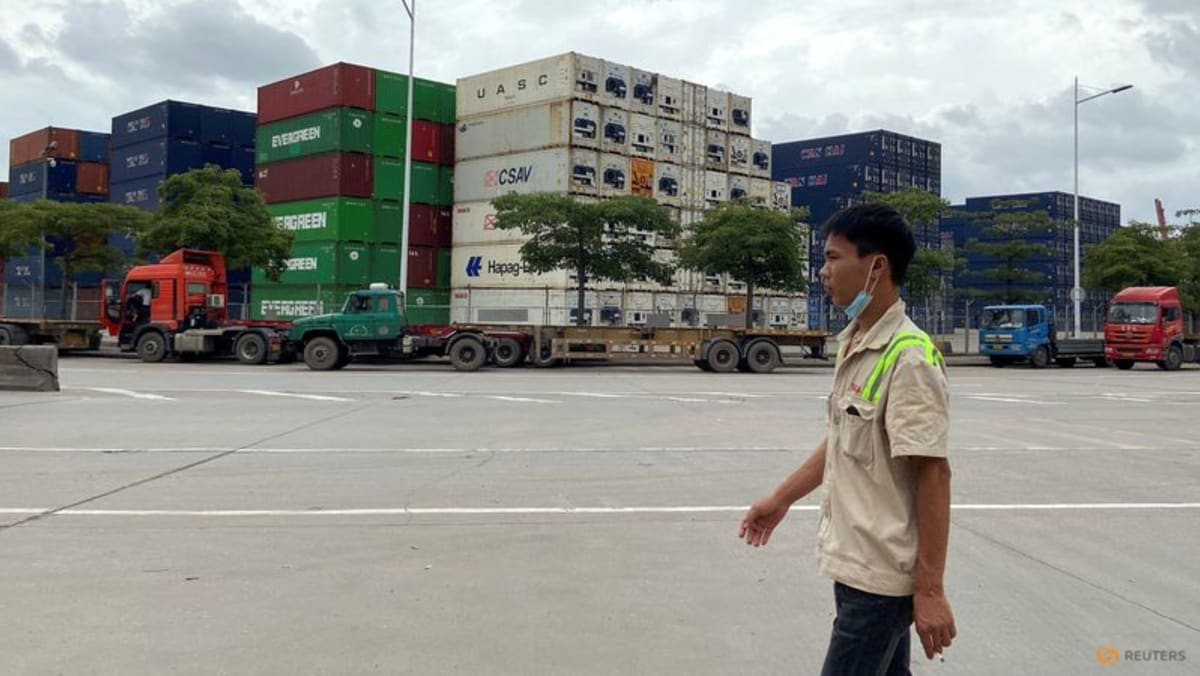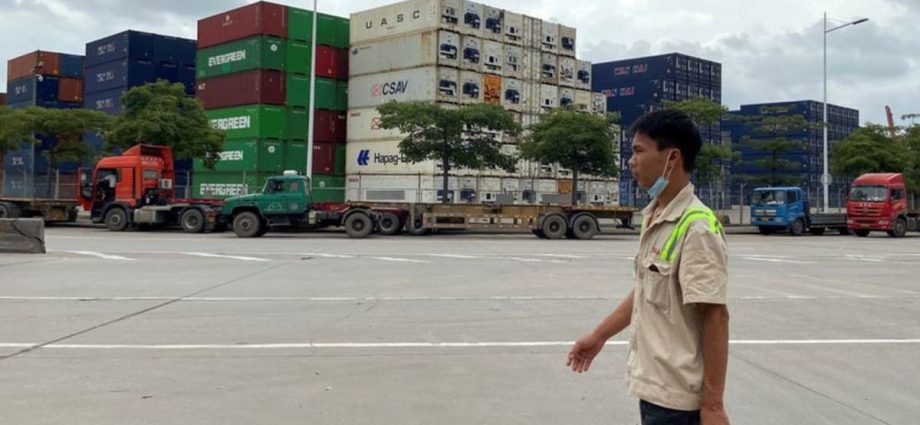
Policymakers are now reckoning with the prospect of prolonged slower growth in the world’s second-largest economy of around just 3 per cent annually, according to economists’ forecasts. That is less than half the rates typical throughout recent decades and creates the feel of an economy in recession.
Chinese factory activity has been shrinking in recent months, while consumer prices teetered on the edge of deflation in June and producer prices fell at their fastest pace in more than seven years.
South Korean shipments to China, a leading indicator for China’s imports, fell 19.0 per cent last month, the smallest decline since October but suggesting demand for semiconductors and other components used to manufacture electronic goods remains weak.
Since taking up his post in March, Chinese Premier Li Qiang has talked a good game on rolling out policy measures to boost demand and invigorate markets, but few concrete steps have been announced and investors are growing impatient
The government has set a modest GDP growth target of around 5 per cent for this year, after badly missing the 2022 goal.

